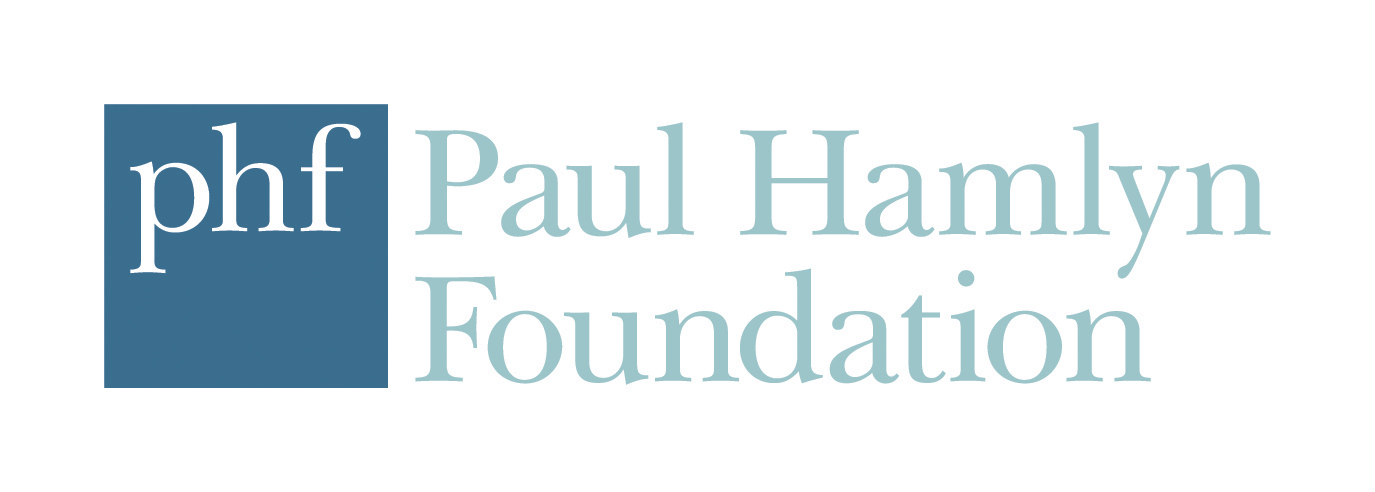This is the second version of this blog: the first I deleted, accidentally and irretrievably, when renaming another document. I deleted it because I am tired, and I’m tired because, since arriving in Bristol on Tuesday night – roughly 90 hours ago – I’ve had barely 20 hours sleep. All human patterns disappear in a festival context: meals become snatched, eaten on the run, or skipped altogether; I’ve barely spoken to my family, by which I mean my own children; I’m staying with friends who live in Bristol, and have spent maybe an hour in their company. Such absorption in work is unhealthy and unsustainable, and I wonder if it’s a good enough excuse to say that it lasts for only a few days. All sorts of people become excluded by the intensity, and I’m not even sure that it serves the artists or work that’s here, if their audience are jittery with exhaustion.
And yet, despite all misgivings, there are ways in which I’m happiest here, totally immersed in watching art, thinking about art, talking about art, sharing that conversation. Some of the dialogue is easy to capture: I have copious notes from the Live Art Symposium (which I’m still trying to write about for Exeunt) and Morning Assembly sessions, for instance. But so much of it happens informally, in the queues waiting for shows, over drinks in cafes, at street corners at midnight.
I knew I wouldn’t be able to record those on the fly discussions, so before IBT began I emailed a number of the programmed artists with a small set of questions: some bland, trite even, some more complex and involved. Entirely expectedly, few of them were able to respond: they were too busy preparing to present their work. But the handful of replies I was sent felt like a gift, nuggets of thought that I’ve carried around the festival with me, and will continue to take back into life beyond. The answers collated below are presented anonymously, because it feels more true to the community buzz of conversation that happens at a festival – but I thank those artists individually, for sharing their brilliant brains and time.
What is vital about a festival like IBT?
A sense of occasion. Festivals feel like a reason to congregate, to gather, to be together. Art is in part about creating new languages and new methods of communication. Literal, everyday words can confuse, can alienate, and in art we have an opportunity to express or explore living in other ways – visceral, physical, sensorial ways. There are as many ways of living as there are people in the world and to see or experience someone else’s behaviour allows for possibilities.
It is one of the increasingly limited number of contexts willing or able to support work of fugitive origins, work unable to live within the many constraints demanded by year-round venues.
Less so this year, because it’s a British showcase, but IBT has been one of the few place in the UK where you can see genuinely revolutionary international work: revolutionary not just in content but in form. It’s so great to see truly compelling and interesting work that has a big budget and multiple people on stage – which is rare to see here in the UK. It makes me reconsider what is possible on stage.
The international work. Helen is a genuinely visionary curator, it’s known worldwide and elevates all of us to be associated with it.
Some people might argue it is absurdly decadent to suggest there is anything vital about a live art festival at a moment of such precariousness politically and economically. Despite the total lack of imagination of this argument, they would probably not be entirely wrong.
Is there a work that you’ve seen at IBT that stayed with you?
Iona Kewney with Joseph Quimby is seared on my memory. She dances – contorts, morphs, twists, convulses. She is like a petulant child, an ancient crone, all of nature, a rabbit, a witch, a oracle, a flower. He plays drone – long, low, dark, heavy as fuck, relentless, delicate, detailed, monolithic. They performed in a stately home in the middle of nowhere and I cried and cried and felt renewal and cleansed.
Holzinger & Riebeek, and Trajal Harrell – both of these blew my mind.
The work that is unexpected and that hasn’t been seen elsewhere. I’m remembering Noble and Silver, the stage split in half with what was essentially two different shows happening on the stage: good cop, bad cop; the nice one and the mean one; one that wanted to make you laugh and one that hated you. It ended with Kim Noble storming out, sabotaging his own piece, the whole thing right on the precipice of collapse. I fucking loved it.
Night Tripper: long hair, pounding drums, the gathering dusk, a sense of pagan ritual, and of the earth opening up to release all its spirits and song.
What are the “strategies” of live art that might be useful in a political or not-art-specific context?
Empathy. Education. Visibility. Communication across barriers. Care. Radical love. Possibilities of how we can co exist. Highlighting juicy tensions. Otherness. Weirdness. Where ever there are people there is politics and art strives towards utopic thinking and behaving.
Complicatedness is important, deep thinking is important, resisting easy strap lines and easy definition is important. The best work resists, it doesn’t let us pin it down, it’s not didactic, it can’t be easily explained or categorised. In the current political climate, the more we encourage complexity, the better.
Trial and error and trial and error and trial and error. Space for the acceptance of mistakes, openness and vulnerability.
Live art is good at silence. Not the silence of a pause, which is really just the anticipation of more noise, but actual silence. When I think of live art, I think of all the time I have spent in silence, not waiting, just experiencing. Silence that is indefinite. Silence that holds time differently, that asks us to sit together in a moment, rather than rattle through it in pursuit of a narrative or thrill. Silence is boring and live art is one of the few disciplines that appears to have absolutely no problem with being totally, obnoxiously boring. But silence is also the most effective way of creating a space in which everyone is listening. In an era of such thunderous volume, from the infinite black static of the internet to the deafening boom of the White House, a space in which everyone is listening is rare, vital and radical.
How can we use them to change the world?
The world is always changing no matter what so I try not to think “how can I/it/us/this change the world” in any particular or specific way. I just work from instinct, intuition, honesty, compassion and power to try to radiate love and weirdness and hope that it might make a positive impact on someone somewhere.
Change the world? It’s a bit too much responsibility and I am powerless over 99.999% of it. I have 24 hours each day to try to be nice and work hard. Artists call out in to the darkness to attract those who might hear it, feel it, see it, want it, reject it.
I don’t know if this medium can do that. I think it can push things along in the right direction, it can encourage, create circumstances and spaces for change and reflection, but maybe it’s the way we work, rather than the work itself that can make change. The live art world talks a good game in terms of inclusivity, but it’s really very exclusive. The policing of the art form, the narrowing of who can access opportunities in a hostile financial climate, such horrendous job insecurity among artists that isn’t reflected in other areas of the industry: there is loads we could do to make the ways we work more inclusive, open, welcoming, holistic. Perhaps that’s more important than the minutiae of what’s on stage.






